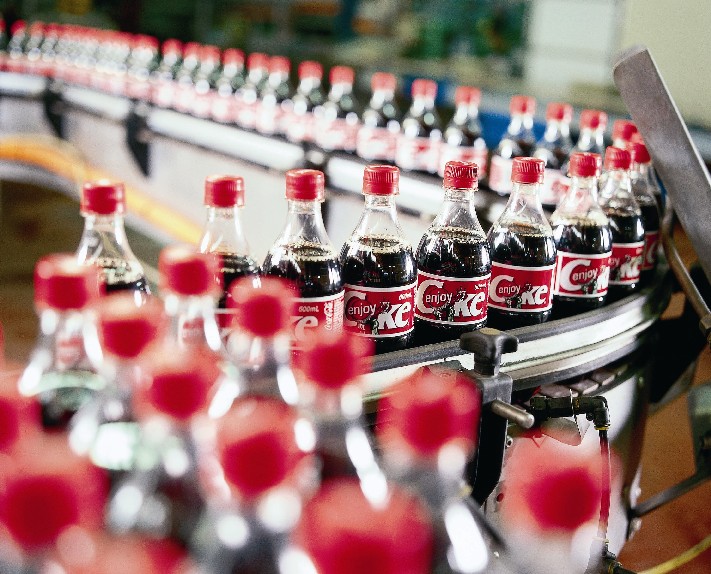Studio session 1
In todays studio session we were split into small groups and asked to make a list of things which we thought were appropriate to 'Design for print'. Below is our groups list:
Design for print:
Audience
Cost
Finished quality
CMYK
Tangible design
Printing options
Stock
Digital/ traditional print
Scale/ Format
Final Resolution
Pantone
Phil asked us to try and define the definition of 'Design for print'.
Here are two definitions which our group came up with:
'Design for print is the process of tailoring a design, considering specific processes and elements, for it then to be physically produced.'
'Preparing art work for production or finishing.'
We followed up with a class discussion about what 'Design for Print' really is. We were given five categories of what design for print can be split into:
Format
Colour
Production
Processes
Finishing
Stock
As a task from this session we were asked to find 2 examples for each of the five categories:
Format:
I believed format to be what the product actually is, for example, a book, a leaflet, a poster, a handout etc. The form of which the design comes in.
Colour:
Considering colour in print is one of the fundamental elements to producing something which is professional and of a decent quality. CMYK is used for offscreen design. Colours can be coded into the pantone colour code system so that colours never change when printing.
Production:
Production I see as being the way in which you will produce your design. For example, will you mass produce using screen printing? When considering production again you have to consider colour, stock, how you want people to see and perceive your design. Cost is also a factor which has to be taken into account.
Processes:
The processes is the way in which you will print your design, similar to production. The processes could include any type of print, screen print, digital print, lino print, block print.
Finishing:
Finishing again can come under production and processes. To me finishing is considering how your going to print it and how many, and what stock you will be using and putting everything into practice to get your final outcome.
Stock:
Stock is one of the most important parts for finishing and can never be forgotten when considering your final outcome. Stock is the medium you will be printing on, whether it be wood, paper, plastic, glass.
After the class discussion we were asked to come up with as many different processes of printing as we could think of in our groups:
Foiling
Screen-printing
Woodblock printing
Letter press
Lino printing
Embossing/ de-bossing
Digital printing
Mono-printing
Etching
Spot varnishing
Photo development
We carried the class on with a discussion about on screen work.
Tasks:
What processes would I like to learn this year?
Embossing, improve screen printing, block printing, foiling.
I'd like to improve the process of research as I believe it let me down a lot last year!










No comments:
Post a Comment